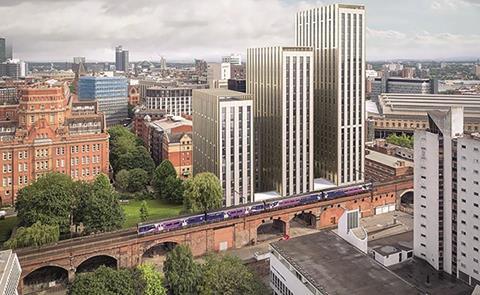When the right to manage was introduced by the 2002 Commonhold and Leasehold Reform Act, there were two key attractions.

Firstly, it was a right on a no-fault basis for tenants to take over the management with only 50% of the flats in the building needing to participate – unless there are only two flats when both need to participate. Secondly, there was no requirement for the participating tenants to pay a premium for taking over the management.
This opened up the doors to tenants who simply could not afford to acquire the freehold where they were unhappy with the management. The qualification criteria on the face of it are simple. The building must be self-contained or part of a self-contained building with at least two flats. What’s more, at least two thirds of the tenants must be on leases that are more than 21 years when they were first granted. It all sounded so good. So why the need for reform?

Read further into the right to manage and you open up a whole world of rules, regulations and forms. The right-to-manage journey is a tricky one. In some cases, large numbers of tenants need to work together to form the right-to-manage company. This is a company with prescribed articles of association. However, company law can be a minefield with resolutions and voting rights to get your head around.
All qualifying tenants have a right to be invited to join the right- to-manage company, but this can be difficult if certain tenants do not get along with each other. The members of the right-to-manage company need to ensure the right is being exercised properly. All notices must be valid and the building must qualify.
Some landlords will try to catch tenants out to invalidate the right and there have been a growing number of cases involving landlords challenging the right to manage, resulting in the tenants being denied the right.
In Albion Residential vs Albion Riverside Residents Right to Manage Company (2014), the upper tribunal held that the tenants did not qualify for the right to manage as the building was not structurally detached. This was due to an underground car park that was structurally attached to multiple buildings above ground.
A consultation on right to manage is much needed and it will hopefully draw on the mistakes and positives of the past 15 years of the right to manage. What is certainly needed is a simplification of the process as well as education for future applicants.






























No comments yet